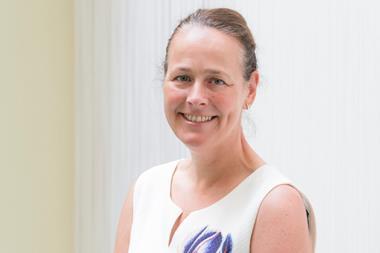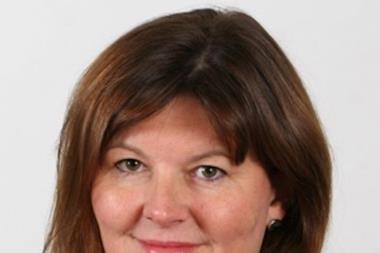As large corporates explore their options for managing retained risks, Swiss Re’s Yann Krattiger explains the value that both captives and traditional (re)insurance solutions bring.

Ensuring that solutions found for managing retained risks contribute to the financial resilience and stability of a business is a key consideration for year-on year operations.
Yann Krattiger, head of alternative risk transfer, EMEA, at Swiss Re Corporate Solutions, highlights the importance of aligning a company’s risk profile with the appropriate (re)insurance structure(s).

He notes that captives often handle multi-line solutions effectively, given the diversified nature of risks they retain, which can complement more traditional mono-line reinsurance strategies.
He says: “Clients are looking at managing annual volatility over multiple years. Captives typically write more than one line of business, combining various risks that are unlikely to generate simultaneous claims.
Multi-line reinsurance can help blend easily insurable risks with more difficult ones, making the latter more manageable and transferable.”
MULTI-LINE, MULTI-YEAR
There are multiple types of multi-line reinsurance arrangements available on the market, which vary based on their structures and terms. One key consideration is the difference between one-year and multi-year arrangements.
Krattiger says: “Typically on a multi-year arrangement, you will do 3- to 5-year contracts and they will often introduce a term aggregate limit. This means that clients can benefit from more stable premiums and better terms over the agreed period, thus addressing the annual volatility issue effectively.”
Generally, all of this means that captives need a highly bespoke approach to their fronting and reinsurance, typically offered over multiple years and multi-line. The complexity of the arrangements mean that insurers may be less willing, or unable to provide what is required.
“Direct insurance to corporates on a combined basis could be challenging when your reinsurance protection is not on the same basis.”
Krattiger says: “Monoline primary insurers typically don’t keep all the risk net; they buy protection from large reinsurance companies like Swiss Re and this usually happens on a monoline basis. Direct insurance to corporates on a combined basis could be challenging when your reinsurance protection is not on the same basis.”
By contrast, reinsurers, who tend to keep a larger portion of the risk net, have a more streamlined process, which makes multiline insurance easier to provide. Swiss Re offers seamless solutions through Corporate Solutions by providing direct insurance.
As a reinsurance company that retains most of the risk net, Swiss Re ensures integrated and comprehensive coverage.
EXPERT OVERSIGHT ESSENTIAL
Krattiger adds that a unique trend has emerged, particularly in Europe, where large captive owners are favouring gross cessions over net cessions. Gross cession is appealing because it provides more control over risk and policy wording for the organisation.
He explains: “In a gross cession, the fronting will be marketed in an unbundled fashion. This allows clients to choose from a wider range of potential leaders for their risk transfer layers, rather than being limited to a few capable of providing fronting services.”
However, he warns that this approach does come with increased complexity for the captive, requiring more capital allocation and a greater level of oversight to manage increased limits and collateral requirements. For risk managers and those considering setting up captives, Swiss Re’s advice is clear.
Krattiger concludes: “We encourage captive owners to get in touch with our experts around the world because we are fully dedicated in growing this area. We also have the expertise of the group in areas like parametric insurance, insurance-linked securities, and legacy and runo solutions, which can be very useful.”


















No comments yet